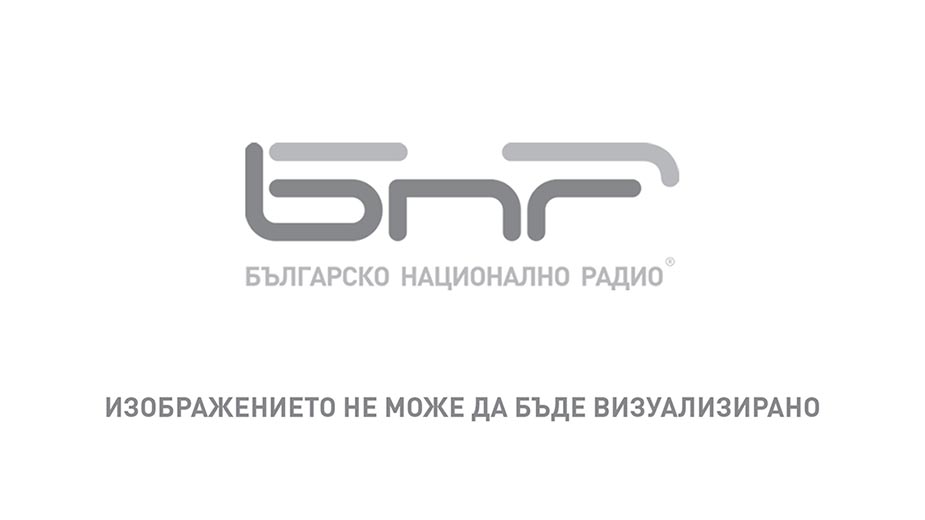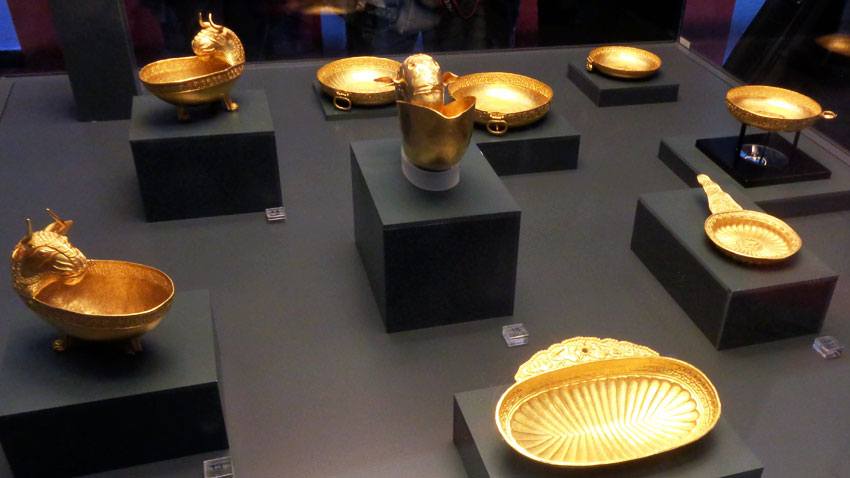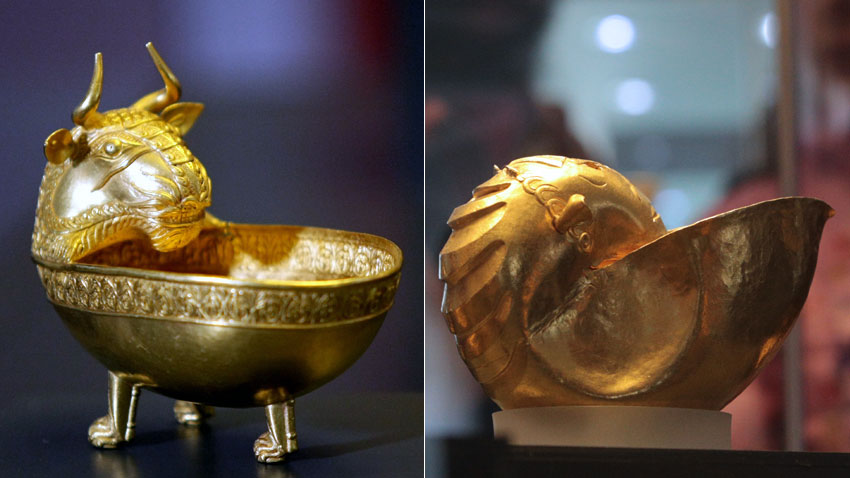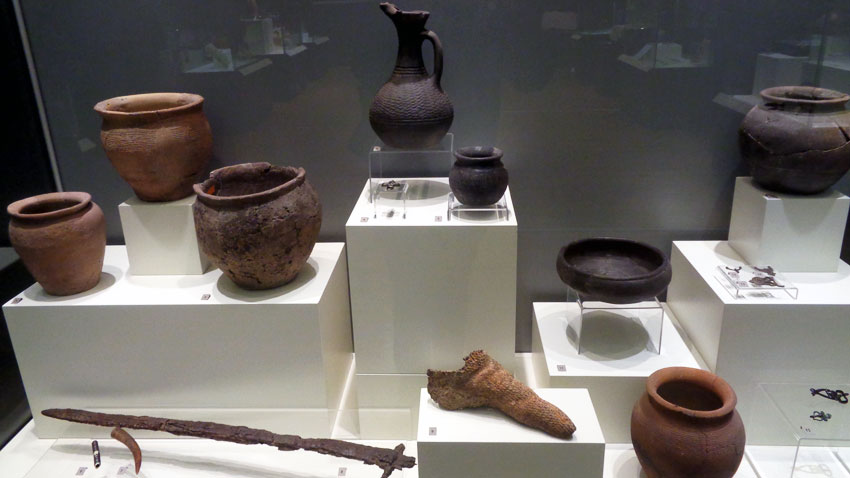 3
3
The National Archaeological Institute with Museum with the Bulgarian Academy of Science hosts two new exhibitions. The first one presents the popular golden treasure of Nagyszentmiklos which is part of the collection of the Art History Museum Kunsthistorisches in Vienna. The second exhibition was named Pagan Bulgaria - Power and Society. Let us remind that another Bulgarian exposition named “The First Gold. Ada Tepe: Europe's Oldest Gold Mine” was unveiled in the Austrian capital in March this year. The exhibition continues until June 25. The cultural exchange is due to a three-year contract signed between the National Archaeological Institute with Museum with the Bulgarian Academy of Science and the Institute for Oriental and European Archaeology with the Austrian Academy of Sciences.

“I would like to note that we are working in an excellent cooperation with our Austrian colleagues”, director of the National Archaeological Institute with Museum with the Bulgarian Academy of Science Associate Professor Lyudmil Vagalinski points out. “They were very generous and allowed us to display the treasure of Nagyszentmiklos. This treasure is emblematic for the Early Middle Ages, because it is one of the biggest golden treasures of those times, which contains a lot of information about that period. We are talking about the 7th, the 8th and the 9th century AD. In fact, that treasure has never been displayed in its entirety outside Vienna and Budapest (out of the former Habsburg Empire).”
According to Associate Professor Vagalinski, that treasure is both associated with Bulgaria and the Avar Khaganate. It is a good occasion for us to look back to the Early Middle Ages where the roots of the Bulgarian state are hidden. That is why the second exhibition was named Pagan Bulgaria: Power and Society.

Here is how curator Dr. Galina Grozdanova presented the golden treasure of Nagyszentmiklos and its catalogue:
“This is the biggest treasure of the Early Middle Ages. It consists of 23 gold vessels and weighs nearly 10 kilograms of gold. The treasure of Nagyszentmiklos is unique both with its composition and the forms of its vessels. Those who made the golden vessels used a very precise and difficult technique. The interesting compositions consist of human figures, mythological plots and mythological creatures. There are inscriptions on 15 of the golden vessels. The language of the inscription is not clearly known. That treasure is displayed in Bulgaria, because it is very popular in that country due to the Bulgarian scientists who studied it over the years. This collection is known for nearly 200 years. Over 100 publications in the scientific and popular literature were written about the treasure of Nagyszentmiklos.”
What is new about the collection of vessels? The catalogue of the treasure now contains detailed annotations presenting the latest studies of the world-popular golden vessels.

Austrian curator Dr. Goerg Plattner has more details about the exhibition of that treasure:
“According to the modern point of view, the treasure of Nagyszentmiklos contains three groups of vessels which emerged within a period of 150 years or so. The images on those golden vessels are really unusual and contain elements of the ancient period. There are elements of the ancient Greek and Roman cultures and Sassanide art patterns. Of course, we are asking ourselves who were the people who had access to such motifs and images.”
The golden vessels also contain Christian symbols such as crosses, as well as inscriptions in Greek and another language, which is still unknown, Georg Plattner explains.

As for the other exhibition - Pagan Bulgaria: Power and Society, it is about the time when that treasure was collected and assembled. It was collected in the course of nearly one whole century and presents the social structure of the communities of the Early Middle Ages, Galina Grozdanova points out. There were two great powers along the Lower Danube and the Middle Danube at that time - Bulgaria and the Avar Khaganate. By displaying artifacts of that time the organizers study the Bulgarian society which existed in that period and compare the culture of the people with the one of the Bulgarian aristocracy.
English version: Kostadin Atanasov
The testimonies of those who took part in the fateful events of 1876 are numerous and often contradictory. But the letters and documents about the April Uprising, which led to the liberation of Bulgaria , paint a fuller picture of the events that goes..
76 years after his death, the remains of the first Bulgarian Tsar of the Third Bulgarian Tsardom, Ferdinand I, were returned to the "Vrana" Palace and his last will has finally been fulfilled. The Tsar wrote that he wished to be..
In the centuries-old tradition of the Bulgarian Orthodox Church, the laity have always greeted the new cleric or bishop with exclamations of "worthy". In this way they express their respect and hope that he will wisely lead the congregation to spiritual..
The testimonies of those who took part in the fateful events of 1876 are numerous and often contradictory. But the letters and documents about the April..

+359 2 9336 661
